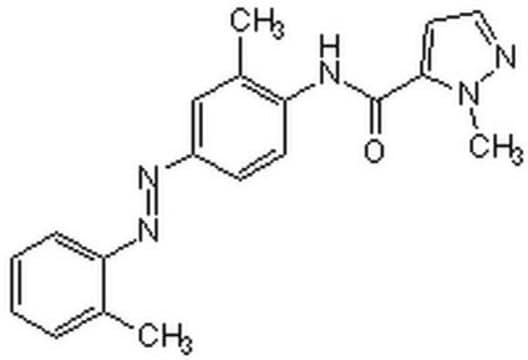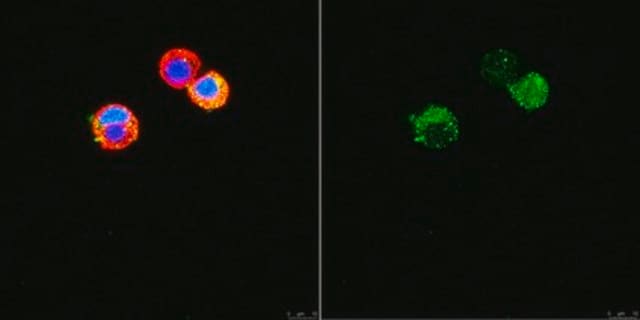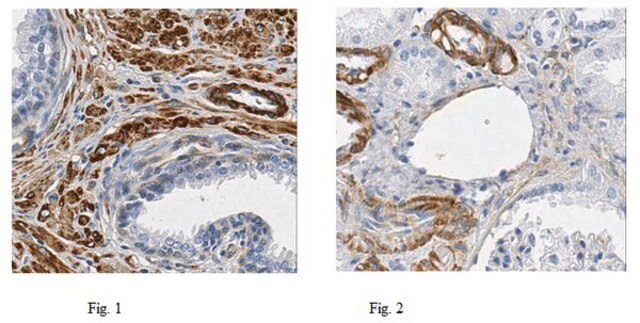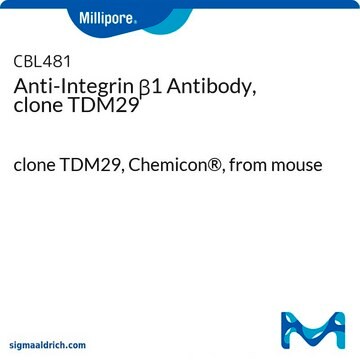MAB131884
Anti-BASE-tag Antibody, clone 7C7
clone 7C7, from mouse
Synonim(y):
Capsid protein VP1, Capsid protein AVV9
About This Item
Polecane produkty
pochodzenie biologiczne
mouse
forma przeciwciała
purified immunoglobulin
rodzaj przeciwciała
primary antibodies
klon
7C7, monoclonal
reaktywność gatunkowa
adenovirus-infected cells, virus
opakowanie
antibody small pack of 25 μL
metody
immunofluorescence: suitable
immunoprecipitation (IP): suitable
western blot: suitable
izotyp
IgG2bκ
numer dostępu UniProt
docelowa modyfikacja potranslacyjna
unmodified
Opis ogólny
Specyficzność
Immunogen
Zastosowanie
Immunofluorescence: A representative lot detected EGFP-BASE-tag-Actin in HeLa cells transfected with EGFP-BASE-tag-Actin (Courtesy: Dr. Thomas Weber, Icahn School of Medicine at Mount Sinai, New York).
Inflammation & Immunology
Jakość
Western Blotting Analysis: A 1:500 dilution of this antibody detected BASE-tag in HEK293 cells transfected with GFP-7C7-Actin.
Postać fizyczna
Przechowywanie i stabilność
Inne uwagi
Oświadczenie o zrzeczeniu się odpowiedzialności
Not finding the right product?
Try our Narzędzie selektora produktów.
Certyfikaty analizy (CoA)
Poszukaj Certyfikaty analizy (CoA), wpisując numer partii/serii produktów. Numery serii i partii można znaleźć na etykiecie produktu po słowach „seria” lub „partia”.
Masz już ten produkt?
Dokumenty związane z niedawno zakupionymi produktami zostały zamieszczone w Bibliotece dokumentów.
Nasz zespół naukowców ma doświadczenie we wszystkich obszarach badań, w tym w naukach przyrodniczych, materiałoznawstwie, syntezie chemicznej, chromatografii, analityce i wielu innych dziedzinach.
Skontaktuj się z zespołem ds. pomocy technicznej







